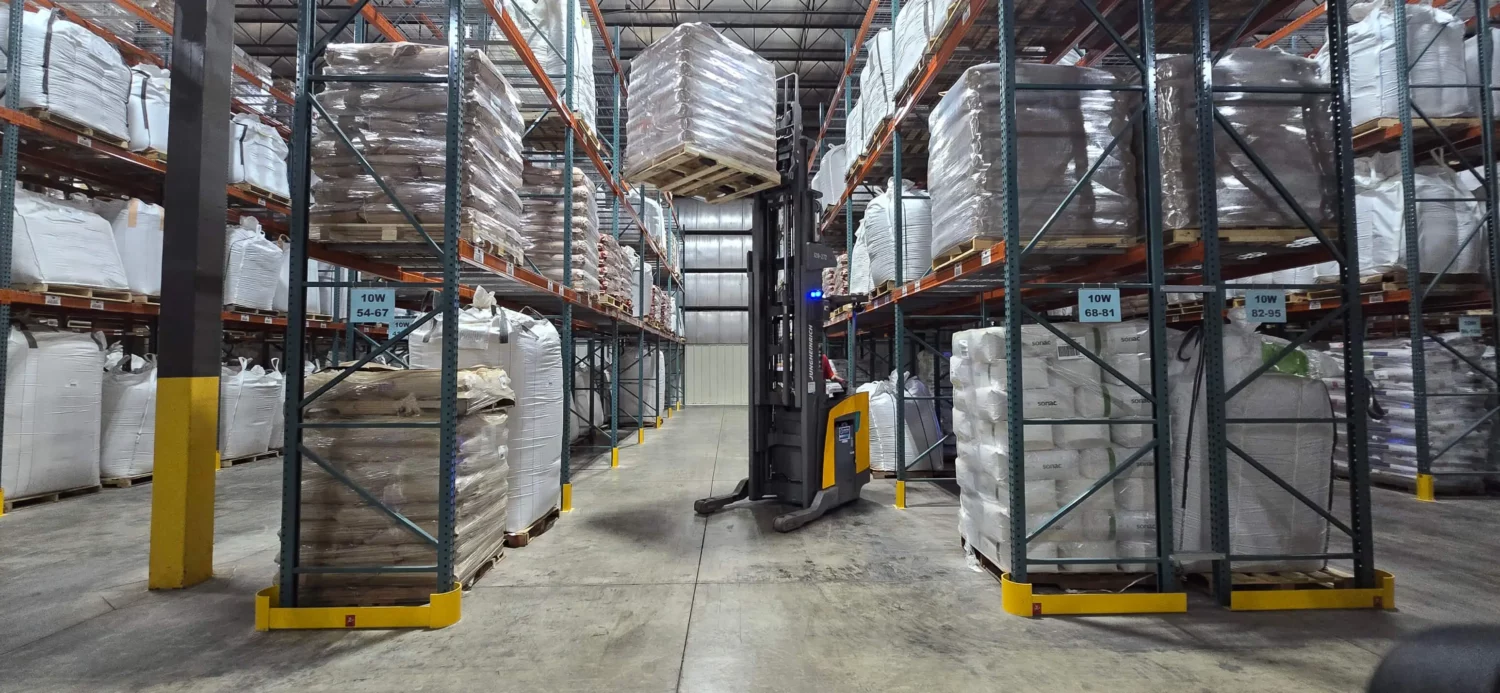Warehousing offers a dedicated space for companies to securely store large quantities of goods. Many warehouses include inventory management as well as aid in product distribution logistics.
Given diverse storage and logistical needs, different types of warehousing may fit the bill better than others. Understanding the different types of warehousing is essential to making the right choice when it comes to inventory storage at third party facilities.
Short-Term Warehousing
The term “short-term warehousing” refers to storage that lasts between 90 to 120 days. This can be due to interim projects or simply caused by temporary increase in inventory.
This is commonly seen in seasonal warehousing, where there is an influx in companies’ normal inventory accommodation requirements due to holidays. Short-term warehousing is often focused on meeting the needs of products with rapid turnover rates.
When warehousing is considered to be short-term, inventory is oftentimes moved to be closer to the loading docks. The benefits of close proximity to the docks is multifaceted.
Keeping it closer to the docks allows for easy loading and unloading, which is important when products have a high turnover rate. As shipments go in and out, pallets and stacks will need to shift and be adjusted to continuously move older inventory to the front, making way for new shipments to be placed behind. This can sometimes change the storage footprint as well, so flexibility is key.
It's also important for short-term storage items to be placed on lower shelves for easier access. With rapid inventory turnover, keeping products within easier reach is imperative for timely picking and packing or order shipments.
Short-term warehousing solutions put an emphasis on compatibility between product storage and product shipment practices, ensuring that the process is as streamlined as possible.
Long-Term Warehousing
“Long-term warehousing” refers to warehouse storage lasting for more than 120 consecutive days and is compatible with inventory considered to be more “slow and steady,” meaning that product levels aren’t rapidly fluctuating.
Inventory intended to be held long-term can be placed further back in the warehouse as well as on higher shelves. This doesn’t make the inventory impossible or even difficult to get to necessarily; it simply keeps it off the floor, allowing for more efficient movement and organization within the warehouse.
Long-term solutions concentrate on the extended stay of inventory, which usually means an increase of security as well as pest control.
Storage is consistent, usually consisting of products with longer shelf lives, finished goods awaiting distribution, or products with a steady demand.
Ambient Temperature Warehousing
Ambient temperature warehousing solutions ensure that stored goods are kept at a stable, controlled temperature that mirrors normal environmental conditions.
Unlike refrigeration, which keeps temperatures significantly lower to preserve perishable items, this climate control maintains a stable, moderate temperature range that protects goods from fluctuations, usually staying between 59°F and 77°F.
This is ideal for items that are prone to melting, such as candles, cosmetics, chocolate, etc. It also prevents clumping in powders, cereals, and grains. The stability also prevents any breakdown that would otherwise be caused by fluctuating temperatures.
For instance, dog kibble must be kept within an ambient temperature-controlled environment. Without it, there is a higher risk of mold growth and ingredient breakdown within the product. Overly warm conditions can also attract pests, such as mice or bugs, which is why keeping temperatures within the proper range is essential.
Something else to keep in mind is the effect on adhesives. Increased temperatures can compromise the integrity of glues, tapes, and labels. This can lead adhesives to peel or become gummy or brittle, potentially rendering them completely ineffectual.
This kind of warehousing also can include humidity and ventilation control, although this is not necessarily standard practice. That being said, there are industry regulations in place for certain types of products.
While not mandatory, warehouses that store food may be certified by The American Institute of Baking (AIB) International. To obtain and retain these certifications, storage facilities must undergo AIB audits and environmental checks.
Maintaining proper ambient temperature control can be essential for preserving the quality and integrity of certain inventory.
Refrigeration and Freezer Warehousing
Refrigeration and freezer storage is an entirely different animal than ambient temperature solutions and demand their own facilities.
These storage facilities are completely unique and independent from other types of warehousing, requiring specialized equipment and greater power consumption to meet temperature requirements.
Refrigeration storage is generally kept between 32°F and 39°F, while freezer storage brings temperatures down to 18°F and under.
Because the cooling systems are more complex and expensive, there are fewer of these facilities than there are other types of warehousing.
Conclusion
Whether maintaining a large supply of inventory over a prolonged period of time, adapting to seasonal or temporary storage and logistical needs, or ensuring consistent or even increased temperature control within the facility, understanding the types of warehousing solutions available is paramount to choosing the best fit for you and your company.
To find out more about the different types of warehousing options available at Midwest Assembly, Warehouse, and Distribution, call us or contact us today.

